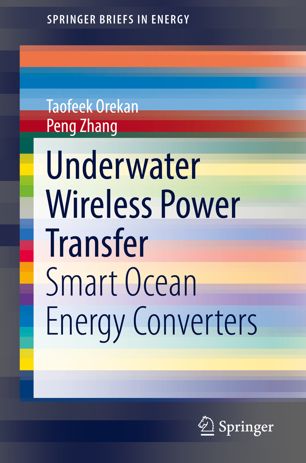

Most ebook files are in PDF format, so you can easily read them using various software such as Foxit Reader or directly on the Google Chrome browser.
Some ebook files are released by publishers in other formats such as .awz, .mobi, .epub, .fb2, etc. You may need to install specific software to read these formats on mobile/PC, such as Calibre.
Please read the tutorial at this link: https://ebookbell.com/faq
We offer FREE conversion to the popular formats you request; however, this may take some time. Therefore, right after payment, please email us, and we will try to provide the service as quickly as possible.
For some exceptional file formats or broken links (if any), please refrain from opening any disputes. Instead, email us first, and we will try to assist within a maximum of 6 hours.
EbookBell Team

0.0
0 reviewsThis book discusses, for the first time, wireless power transfer in the ocean environment. Topics covered include power electronic techniques, advanced control strategies, as well as classic and emerging applications such as smart ocean energy systems and wireless power transfer and charging of underwater autonomous vehicles. Emerging research topics are presented, along with methodologies, approaches, and industrial development of intelligent and energy-efficient techniques. Apart from the basic principles with an emphasis on inductive power transfer and mathematical analysis, the book discusses the emerging implementation for underwater wireless power transfer such as energy encryption, power and data transfer through common links, and secured data- and cyber-security. Specifically, the book comprehensively introduces significant discussions on UWPT coil theoretical and experimental analysis in seawater, optimal design, and intelligent controls. For example, since fast communication is not viable in an underwater environment, the proposed book discusses Maximum Power Efficiency Tracking (MPET) control, which achieves a maximum power efficiency (>85%) without communication or feedback from the transmitting side of the UWPT system. A k-nearest-neighbors-based machine learning approach is used to estimate the coupling coefficiency between the coils. This machine learning-based intelligent control method can offer important guidance for graduate students, academic researchers, and industrial engineers who want to understand the working principles and realize the developing trends in underwater wireless power transfer. Finally, the book includes details on the modeling and design of a smart ocean energy system--a new type of power harvesting system designed to convert ocean energy into electricity, which has the capability of making underwater wireless power connections with distributed marine devices.